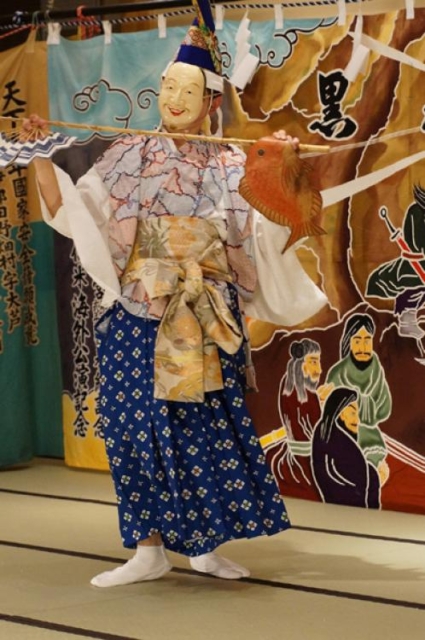Kuromori Kagura has been handed down by a group of Shugen Yamabushi who practiced on Mt. Kuromori, presided over by the Betto of Kuromori Shrine in Yamaguchi, Miyako City, but it is now practiced in Miyako City, Suemae, Taro Town, Komoto, Iwaizumi Town, etc. It has been inherited by volunteers. It is one of the few Kagura groups that has inherited the tradition of Shugen's Kasumi (Dannaba) to the present day through Kagura tours, and has extremely important ritual practices such as maikomo, maidachi, tomb lion, pillar hanging, fire prayer, and sacrifice. It is valuable because it has a wide variety of performances. Currently, they perform at Kuromori Shrine at the end of the New Year and tour for one to two months. It was designated as a national important intangible folk cultural property in 2006.
- Location
- Miyako City
- Inquiries
- Miyako City Board of Education Culture Division






